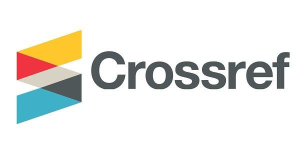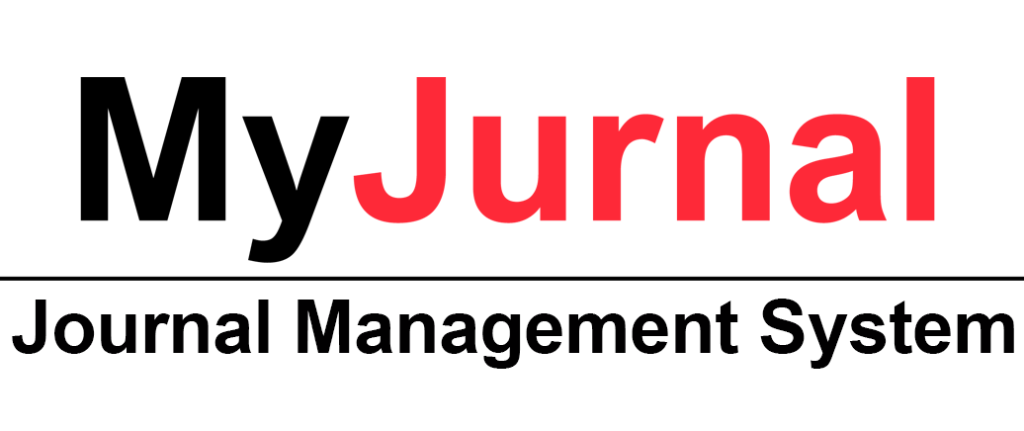Exploring Digital Technology Usage among English Language Instructors at a Saudi Higher Education Institution and Validating a Hierarchical Structure of Usage Based on the SAMR Model
DOI:
https://doi.org/10.31436/ijes.v12i1.446Keywords:
SAMR model, technology integration, pedagogical levels of technology usage, English language teaching, construct validation via CFAAbstract
This study examined the usage of digital technology among English language instructors at a public university in Saudi Arabia as perceived by their students and tested the notion that such usage could be ranked in hierarchical levels. The SAMR model, developed by Puentedura (2014), was employed to categorise and rank technology usage into four incremental levels, i.e., Substitution, Augmentation, Modification and Redefinition, with Substitution being the most rudimentary level and Redefinition being the highest and most sophisticated usage. A 32-item questionnaire rated on a 5-point Likert scale measuring how frequently English language instructors used technology at the four SAMR levels was developed by the authors, content-validated by six instructional technology experts and pilot-tested with 63 students prior to its use in the actual survey. Data were gathered from a survey sample of 535 Saudi learners studying English in their foundation year programme and analysed using three statistical procedures, i.e., descriptive statistics, exploratory factor analysis (EFA) and confirmatory factor analysis (CFA). The descriptive results pointed to instructors' technology usage revolving around the Substitution level of the SAMR model, indicating a predominant tendency among instructors to merely replace traditional teaching tools with digital alternatives. The EFA procedure (via Principal Axis Factoring with Promax rotation) produced conflicting results. While the extracted factor structure supported only two levels of usage, the scree plot suggested the existence of four usage levels consistent with the SAMR model. This was addressed by the subsequent CFA procedure performed on the data that confirmed the four SAMR levels, with the fit statistics indicating a good-fitting technology usage model; χ2(98) = 268.73; χ2/df = 2.74; CFI = .94; RMSEA = .078, CI: .067, .090. Sixteen out of the 32 technology usage items were successfully extracted and confirmed as the indicators SAMR’s four levels. The results corroborated previous findings that technology utilisation among English instructors is pervasive but rudimentary. They also supported the theoretical notion that technology usage can be categorised, ranked, and understood in hierarchical levels as purported by the SAMR model.
Metrics
Downloads
Published
How to Cite
Issue
Section
License
Copyright (c) 2024 IIUM Press, International Islamic University Malaysia

This work is licensed under a Creative Commons Attribution 4.0 International License.
The Journal will own copyright to all published works and have the right of first publication, both in print and online, unless other arrangements are made with the Editors in advance. It is the author`s responsibility to ensure that where copyright materials are included within an article the permission of the copyright holder has been obtained beforehand.





















